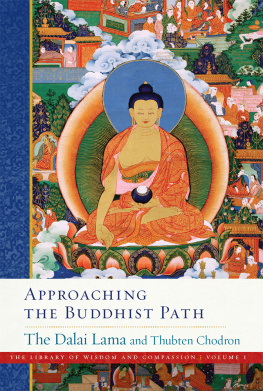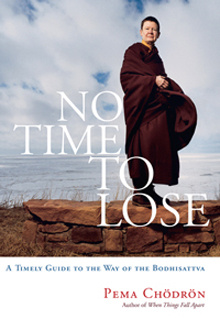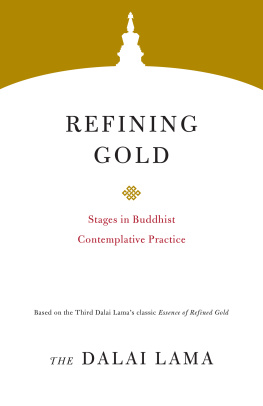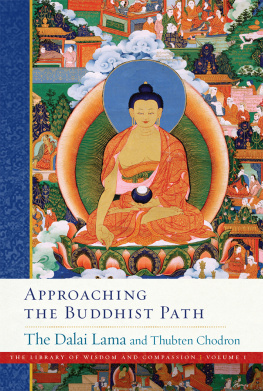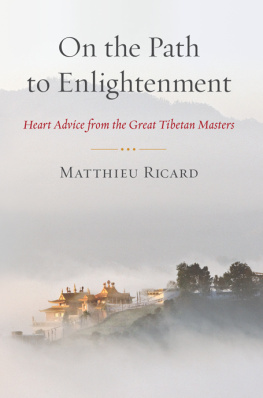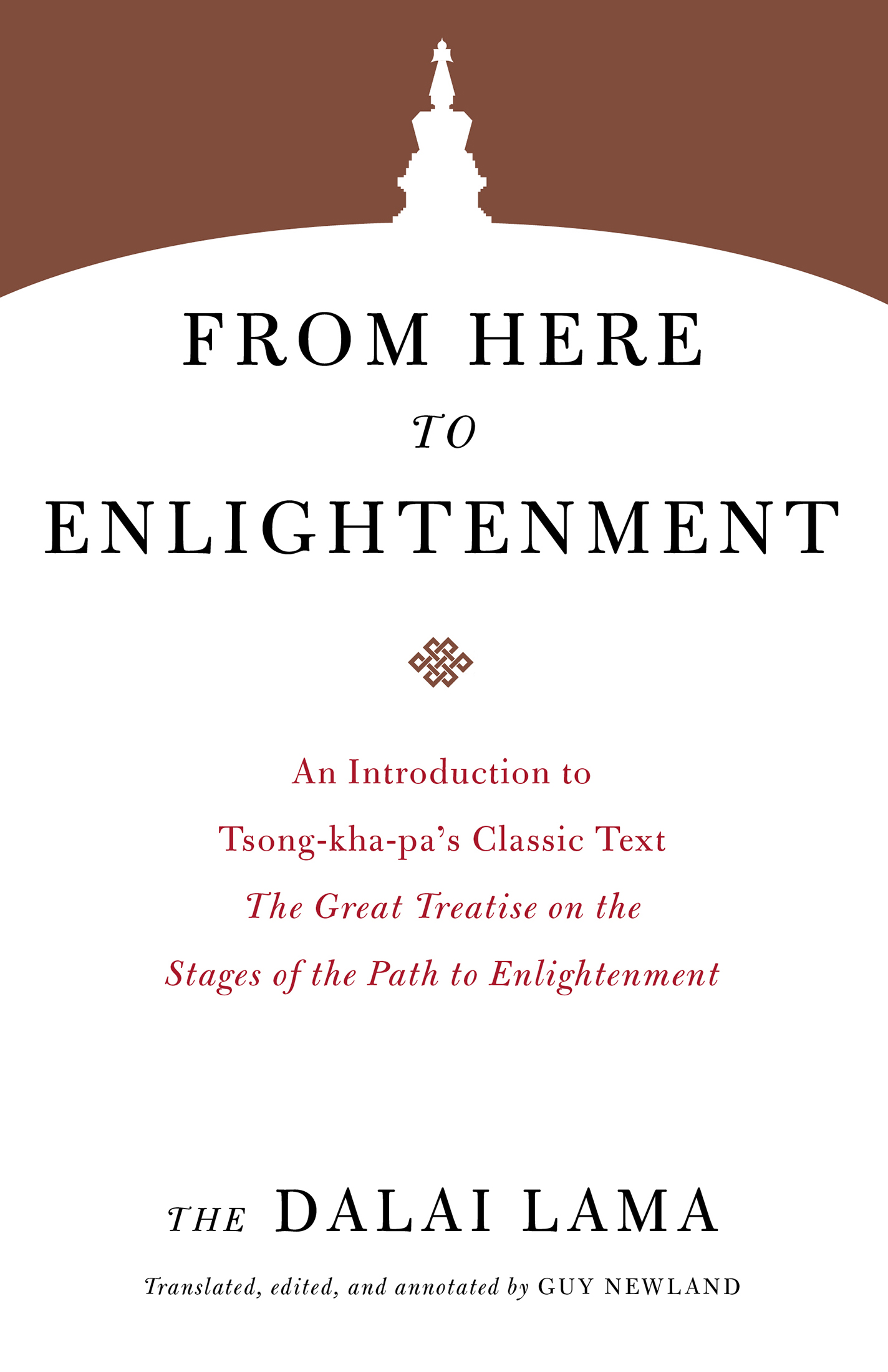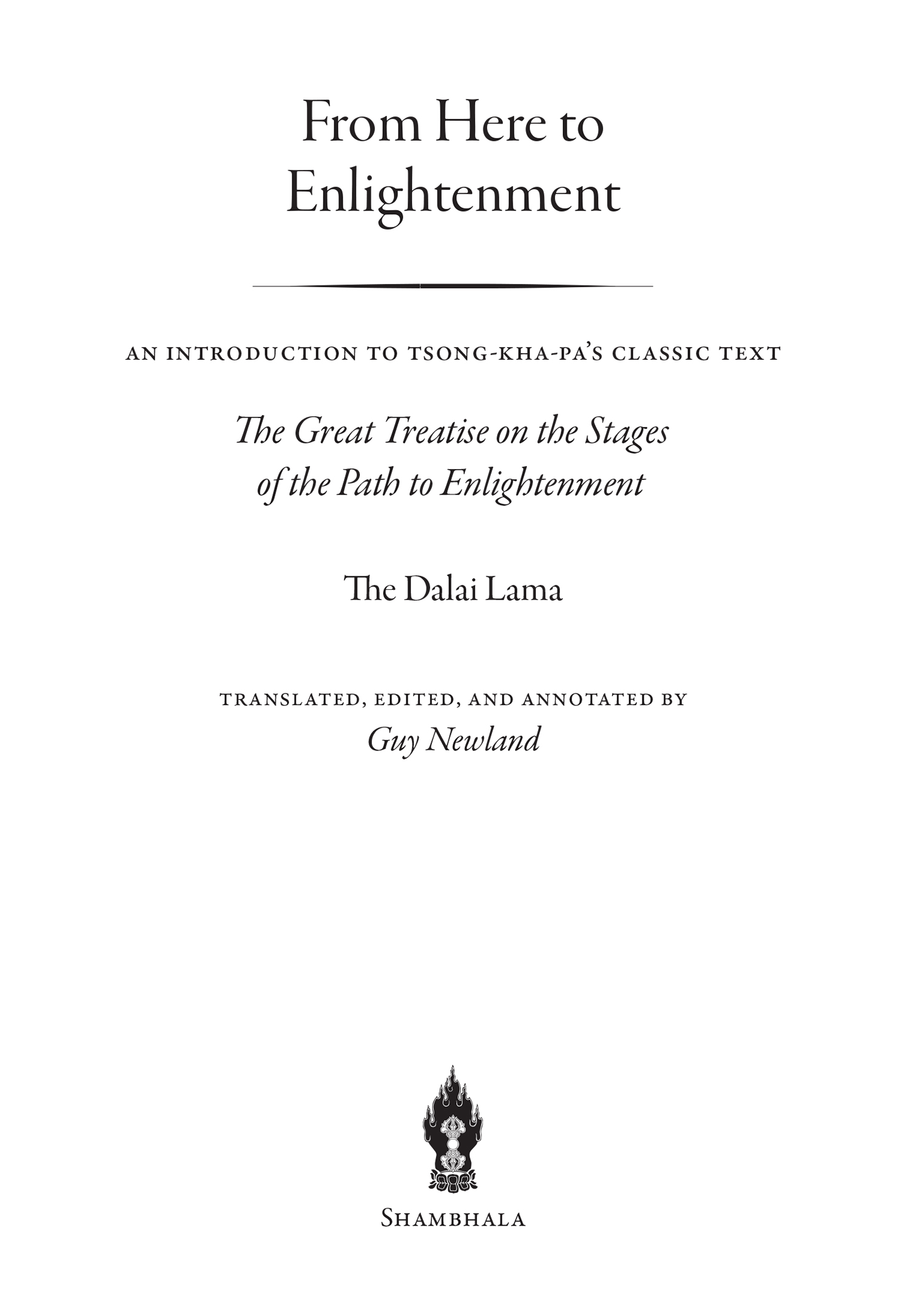F OREWORD

I AM HONORED TO welcome this amazing book. In it, His Holiness the Great Fourteenth Dalai Lama of Tibet (b. 1935) gives a concise but comprehensive teaching of the quintessential instructions that are set forth in magnificent detail by Jey Rinpoche, Tsong Khapa Losang Drakpa (13571419) in his Great Treatise on the Stages of the Path to Enlightenment. Tsong Khapa wrote the work in 1402, in the fourth year after his complete enlightenment, high in the Yama-tongue Cave on the Oeudey Gungyal Mountain above the hermitage at Olkha, where he had spent his five-year retreat. During the subsequent years he was bent on only one thingto fashion the liberative teachings of the Buddha and his numerous successors up to Atisha (9821054) into a high-efficiency escalator of a path to enlightenment, accessible to the widest possible variety of human beings. In the beginning of the current century this great work was marvelously translated into English by the students of the Venerable Geshe Wangyal. To celebrate that work, in 2008 His Holiness came to the United States and gave an introduction to the practices, which is beautifully recorded in this From Here to Enlightenment. I was fortunate to be present at Lehigh University when that happened; but reading this book now, I am astounded at how much I missed at the timeit is like looking into a multifaceted clear jewel with a stronger magnifying glass: when the teaching is before you in a text you can see more shapely depths and more beautiful reflections.
It gives you everything you need to enter upon the great stages of the path. Yet it is short and simple, never over the head of a beginner, while at the same time challenging the more experienced student into renewed inquiry and deeper insight and refinement. It is the kind of concise quintessence that could only be delivered by this truly great teacher of the potentials and realities of human wisdom and compassion.
At the beginning of the Great Stages, Tsong Khapa himself goes into the details of the greatness of the teaching it transmits, which he received from his illustrious predecessor, Atisha, through the seminal works Lamp of the Enlightenment Path and Stages of the Enlightenment Path, which were fundamental to the Kadam order of Tibetan Buddhism. One of the warrants of the greatness of a teaching is the greatness of the teacher, and Atishas greatness is clear from his biography, his huge impact on India and Tibet, and especially from the legacy he left in the form of the Four-Square Path to an authentic reception of the Buddhas teachings. The corners of this square are: 1) all teachings are to be understood as free of contradictions; 2) all discourses take effect as practical instructions; 3) the Victors intention is thus easy to discover; and 4) thereby the abyss of abandoning the Dharma is avoided. A thousand years later this four-square path remains the surefire way to avoid sectarianism in Buddhism, and His Holiness the Dalai Lama is the living exemplar of staying fair and squarely on it, as he amply demonstrates in this precious work. His Holiness own practice, unclaimed but evident attainment, and careful, eloquent communication come clearly through this work and open wide the door for the student to embark on the Stages of the Great Path!
His Holiness begins by sharing his own three main life commitments: as a human being, upholding the essential human values of intelligence and compassion; as a Buddhist monk, who wholeheartedly embraces within the principles of the four-square path all the great religious traditions outside Buddhism, mentioning especially Judaism, Christianity, and Islam, and even the spiritual traditions of secular humanism; and as a Tibetan, who seeks peaceful reconciliation with all people, reaching out with love and understanding especially to the Chinese people, who on an ordinary human level would count as Tibets worst enemies.
Further, within Buddhism, he explains how he respects as elder the Theravada teachings, which he calls the Pali tradition, and the Mahayana traditions, which he calls the Sanskrit tradition, within which he counts the Chinese Buddhists also as his elders. But then he proclaims both Tsong Khapa and himself to be heirs of the Indian Buddhist Nalanda University tradition, descending from Ngrjuna, rya Asanga, and others, and shares with us the intense joy he derives from opportunities of teaching Indian students and returning their long-lost intellectual and spiritual treasures to their minds and hearts:
I am especially moved, so very deeply touched, when I have the chance to give Buddhist teachings to Indian Buddhists. Everywhere in the world that I go to teach, my whole message is nothing but ancient Indian thought. Thats all there is. For example, the message of nonviolence, ahimsathis is the Indian tradition. And everything I am teaching here about the path to enlightenmentthis is the treasure of the Nalanda tradition. When I teach my Indian friends, I think of how we kept alive in Tibet the treasure that they largely lost over the centuries. It gives me an incredible feeling of happiness to return this to them. (p. 20)
Reading this passage forcefully reminded me about how urgently His Holiness (along with the late Geshe Wangyal) wants us all to see to the translation of the library of Nalanda University, the works of its great Pandita scholar/practitioners that are collected in the Tibetan Tengyur, into English, Chinese, and modern Indic and European languages. Finally, he acknowledges how Tsong Khapas Great Stages illuminates Atishas organization of the path, building on how it had already been beautifully deployed by the Kagyu master Gampopa (10791153), the Sakya master Sapan (11821251), and the Nyingma master Longchenpa (13081364), thus showing the harmony between Tsong Khapas

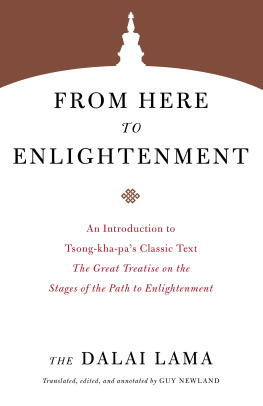
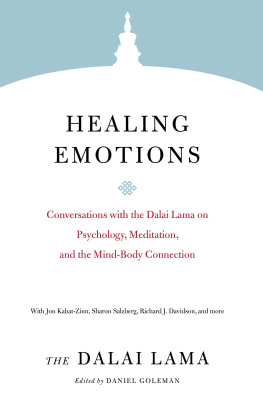
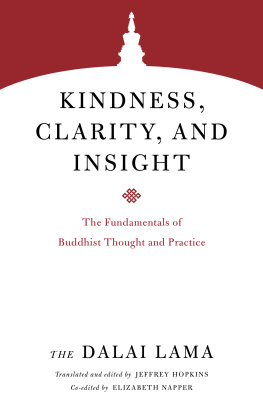
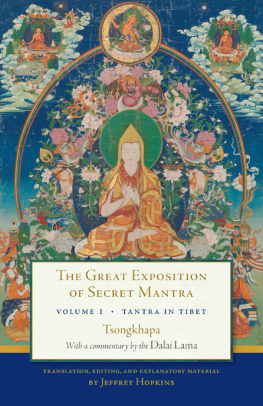
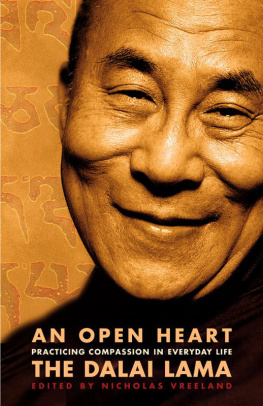
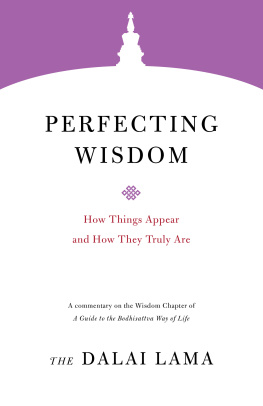
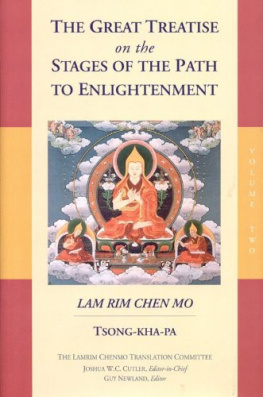

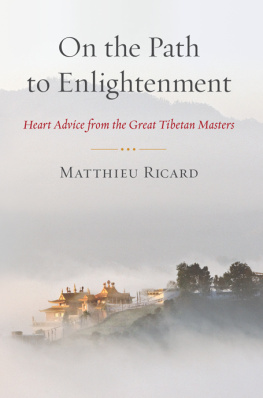
![Dalaï Lama XIV. - An introduction to Buddhism: [teachings on the Four noble truths, The eight verses on training the mind and the Lamp for the path to enlightenment]](/uploads/posts/book/207935/thumbs/dala-lama-xiv-an-introduction-to-buddhism.jpg)

